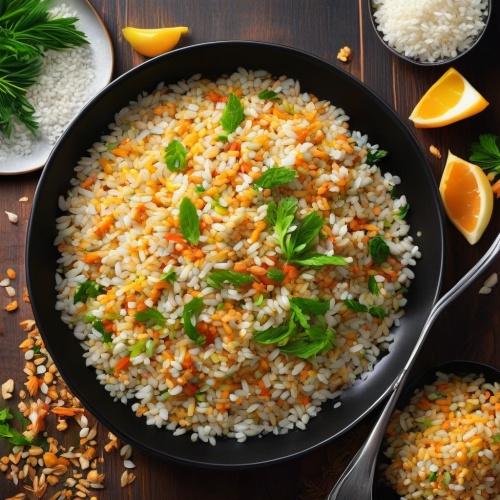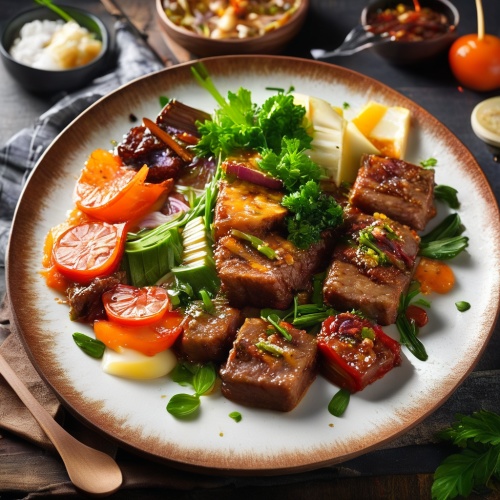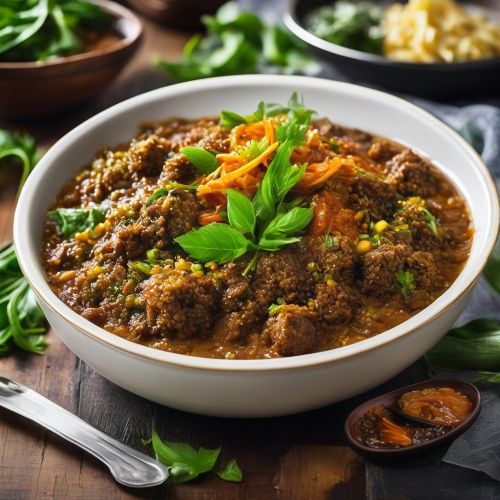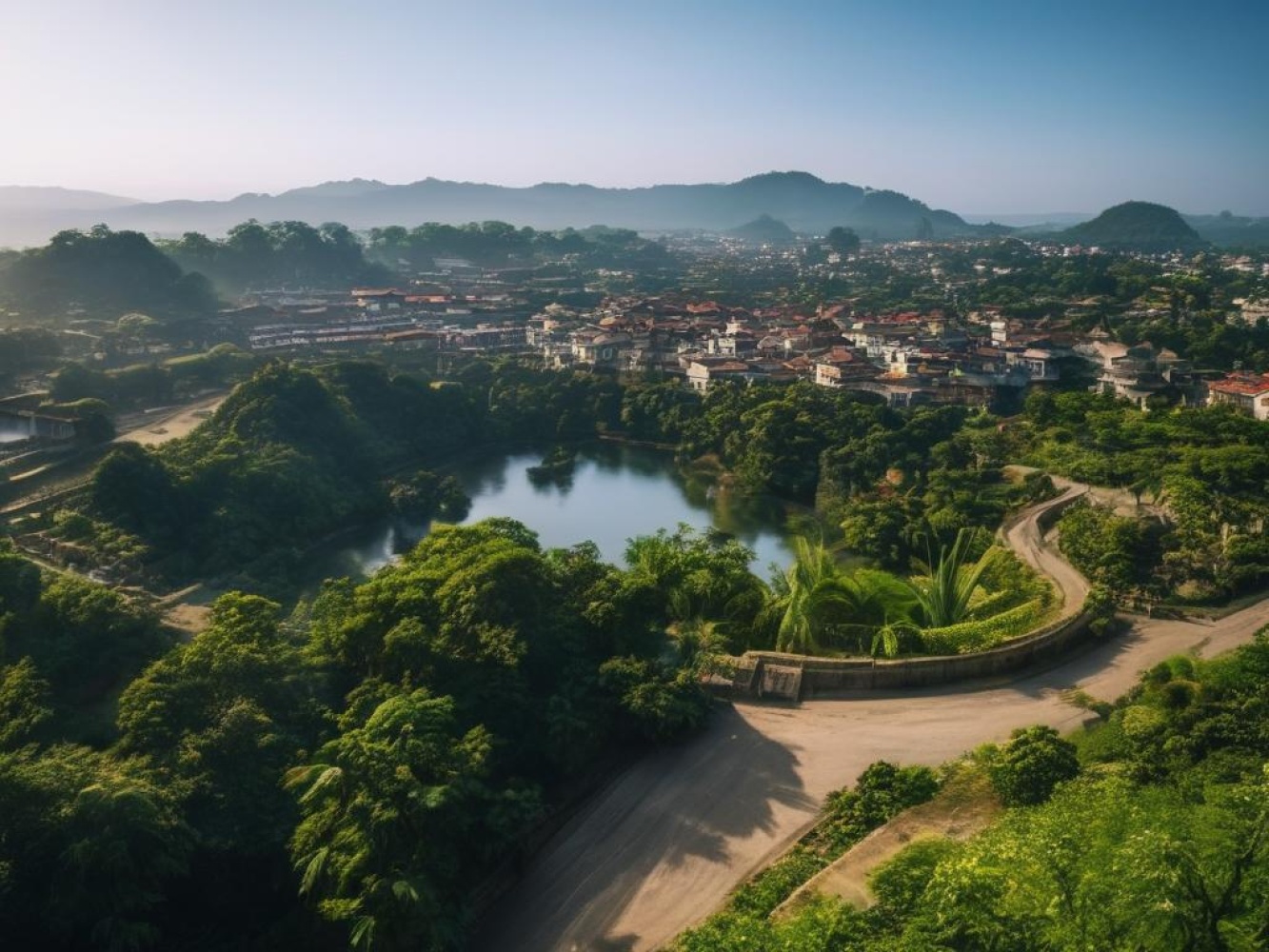Understand
Yogyakarta is a bustling town with a population of approximately half a million people, making it a vibrant and lively destination. It is the most popular tourist spot on the island of Java, mainly due to its proximity to the magnificent temples of Borobudur and Prambanan. Aside from being a hub for tourists, Yogyakarta is renowned as a center for art and education. The town offers excellent shopping opportunities and a wide range of tourist facilities to cater to the needs of visitors. Yogyakarta, strictly speaking, is just one district within the larger semi-autonomous region known as Daerah Istimewa Yogyakarta (DIY), meaning the "Yogyakarta Special Region." This unique status is a result of the Sultanate of Hamengkubuwono, which has ruled the area since 1755. The Sultanate has played a crucial role in guiding the region through challenging times of occupation and revolution. During the Indonesian war of independence, Yogyakarta served as the capital city of the republic from 1946 to 1949 when Jakarta was still under Dutch occupation. As a token of recognition, the central government appointed the Sultan of Yogyakarta as the governor of the Yogyakarta Special Region, making it the only region in Indonesia without an elected governor. Despite facing frequent earthquakes and volcanic eruptions due to its location in one of the most seismically active parts of Java, Yogyakarta has shown resilience and quick recovery. The devastating earthquake in 2006 struck nearby, resulting in significant damage but sparing the city center. In 2010, Mount Merapi, a nearby volcano, erupted, causing further destruction. However, the community and authorities swiftly responded to recover from these natural disasters, showcasing their resilience and dedication to rebuilding.
Map & Climate
Popular Foods
 Nasi Goreng is a popular Indonesian dish, which literally translates to 'fried rice'. It is typically made with a blend of white and fried rice, accompanied by a variety of ingredients including eggs, chicken, shrimp, or beef, along with vegetables such as carrots, peas, and green onions. Seasoned with soy sauce, salt, and sometimes chili, Nasi Goreng offers a savory taste and can be found throughout Indonesia as a staple meal.
Nasi Goreng is a popular Indonesian dish, which literally translates to 'fried rice'. It is typically made with a blend of white and fried rice, accompanied by a variety of ingredients including eggs, chicken, shrimp, or beef, along with vegetables such as carrots, peas, and green onions. Seasoned with soy sauce, salt, and sometimes chili, Nasi Goreng offers a savory taste and can be found throughout Indonesia as a staple meal. Sate is a diverse category of dishes found across Southeast Asia, but it holds a special place in Indonesian cuisine. Made of seasoned, skewered, and grilled meats, Sate can feature various types of protein, including chicken, beef, goat, or even offal. These skewers are traditionally served with a spicy peanut sauce and often accompanied by rice or other side dishes. Sate is a favorite street food in Indonesia and caters to both those who prefer meat or vegetarian options.
Sate is a diverse category of dishes found across Southeast Asia, but it holds a special place in Indonesian cuisine. Made of seasoned, skewered, and grilled meats, Sate can feature various types of protein, including chicken, beef, goat, or even offal. These skewers are traditionally served with a spicy peanut sauce and often accompanied by rice or other side dishes. Sate is a favorite street food in Indonesia and caters to both those who prefer meat or vegetarian options. Rendang is a traditional Indonesian beef curry that is slow-cooked to achieve a tender and succulent texture. The meat is cooked in coconut milk, causing it to absorb the spices and become infused with their flavors. Rendang typically features a combination of spices like lemongrass, galangal, turmeric, and chilies, alongside other regional variations. This hearty, flavorful dish is often served over rice and enjoyed during festive occasions or as a comforting meal.
Rendang is a traditional Indonesian beef curry that is slow-cooked to achieve a tender and succulent texture. The meat is cooked in coconut milk, causing it to absorb the spices and become infused with their flavors. Rendang typically features a combination of spices like lemongrass, galangal, turmeric, and chilies, alongside other regional variations. This hearty, flavorful dish is often served over rice and enjoyed during festive occasions or as a comforting meal.




Comments
NO COMMENTS